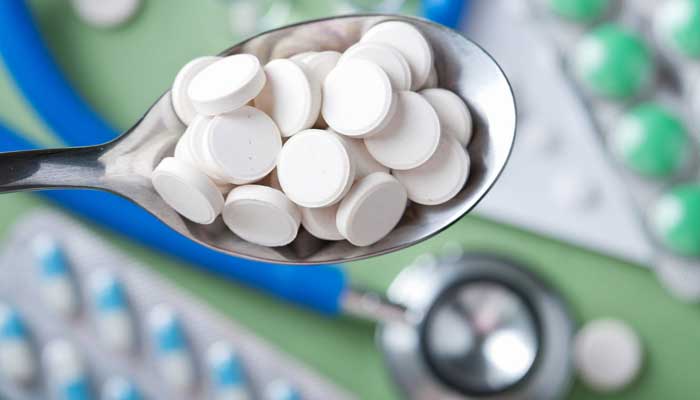Most pharmacists do not manually count pills. Instead, they use a pill-counting machine, which is much faster and more accurate. Whether it is because they are trying to reduce the amount of time they spend filling out paperwork or because they are trying to avoid getting sued, pharmacists are being accused of manually counting pills. But is it actually true?
Random pill counts
Counts are being done by pharmacists to ensure that medications are being taken as prescribed. This is a way to prevent pill diversion. They can also help to ensure that the correct drug dosage is being taken. In addition, they may have the ability to stop prescribing medication if suspicions of substance abuse are detected.
Several studies have shown that unannounced phone-based counts are comparable to home-based counts. These measures are more accurate and less expensive. However, they are not widely assessed in other clinical care settings. They also require extensive in-person training, making them impractical for many clinical care settings.
A recent study examined the validity of unannounced phone-based pill counts. Researchers used a simplified protocol designed for clinical care settings. They evaluated 100 paired counts and found high concordance. The concordance was particularly high for calculated adherence.
In addition, the study found that the home-based count occurred on the same day as the phone-based count. This may have led patients to become selective in answering calls. The average number of attempts to complete the phone-based count was four. The number of home visits to complete the phone-based count was not disclosed to patients. However, patients were given a six-month window to request a home visit.
These findings support previous findings that phone-based counts are valid. However, they also raise the question of the Hawthorne effect. This effect, which occurs when patients are unaware that someone is going to visit them, may cause patients to be selective in answering calls.
There is also a concern that patients may try to obtain the correct number of pills from other people. This may result in a false count that falsely implicates the patient. In addition, a family member may call the clinic to report selling drugs. The family member may also pilfer part of the patient’s supply. This could lead to cross-contamination of medications in clinical laboratory monitoring.
Although the study found high concordance between phone-based and home-based counts, there are some limitations. The sample size was small, which limits the ability to determine subtle differences between concordant and discordant counts.
Automating prescriptions to improve patient’s health
Using automation solutions to improve patient health outcomes has emerged as a major shift in the healthcare delivery ecosystem. These solutions mimic the repetitive tasks of healthcare workers and improve accuracy, efficiency, and decision-making. They reduce human errors and waste while increasing patient safety.
A report from the Georgetown University School of Medicine found that 131 million people take prescription drugs every day. This number will continue to grow as the population ages. As a result, medication tracking becomes more important than ever.
To make this process more accurate and efficient, pharmacists are exploring various technologies. They can use robotics to dispense medication or reallocate resources. These solutions allow pharmacists to expand services while providing more patient-centered care.
Automated algorithms were first introduced in the primary care setting, where they assisted with Covid-19. These algorithms were developed on the basis of clinical trials. They were designed to provide a systematic analysis of clinical evidence. The algorithms also require periodic updates as experience accumulates.
The clinical focus of automated algorithms helps them achieve efficiency and accuracy. As a result, clinicians can practice closer to the top of their licenses. They can also spend more time with patients with complex needs.
Automated algorithms can also be used to guide primary care systems and clinical trials. They are effective due to their well-established guidelines. They can also adjust drug doses based on blood pressure. They can also alert the clinician when medication conflicts are discovered.
These technologies can be used to improve patient outcomes, such as faster diagnosis and disease progression. In addition, they help to reduce the cost of care. They also improve operational efficiency and speed up the pace of innovation.
Automated decision-making processes must be disclosed to patients. The process should include logic, as well as evidence to support the recommendation. This is a critical way to ensure patient safety.
Healthcare organizations are also utilizing hyper automation to improve efficiency and accuracy. For example, the State of California Correctional Healthcare Services has used hyper automation to improve accuracy and compliance with the Board of Pharmacy. In addition, it has saved 10 hours a month per pharmacy.





